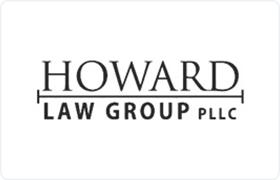Casey County, KY Workout Lawyers
Sponsored Law Firm
-
 x
x

Click For More Info:
-
Howard Law Group, P.L.L.C.
213 Saint Clair St Ste 101 Frankfort, KY 40601» view mapBankruptcy & Debt Where Dedication Meets Experience
At Howard Law Group, PLLC, our Frankfort lawyer has devoted his entire practice to helping clients understand their rights and helping clients make empowered legal decisions.
800-716-8131
Not enough matches for Casey Workout lawyer.
Below are all Casey lawyers.
 Douglas Howard Frankfort, KY
Douglas Howard Frankfort, KY Practice AreasExpertise
Practice AreasExpertise
